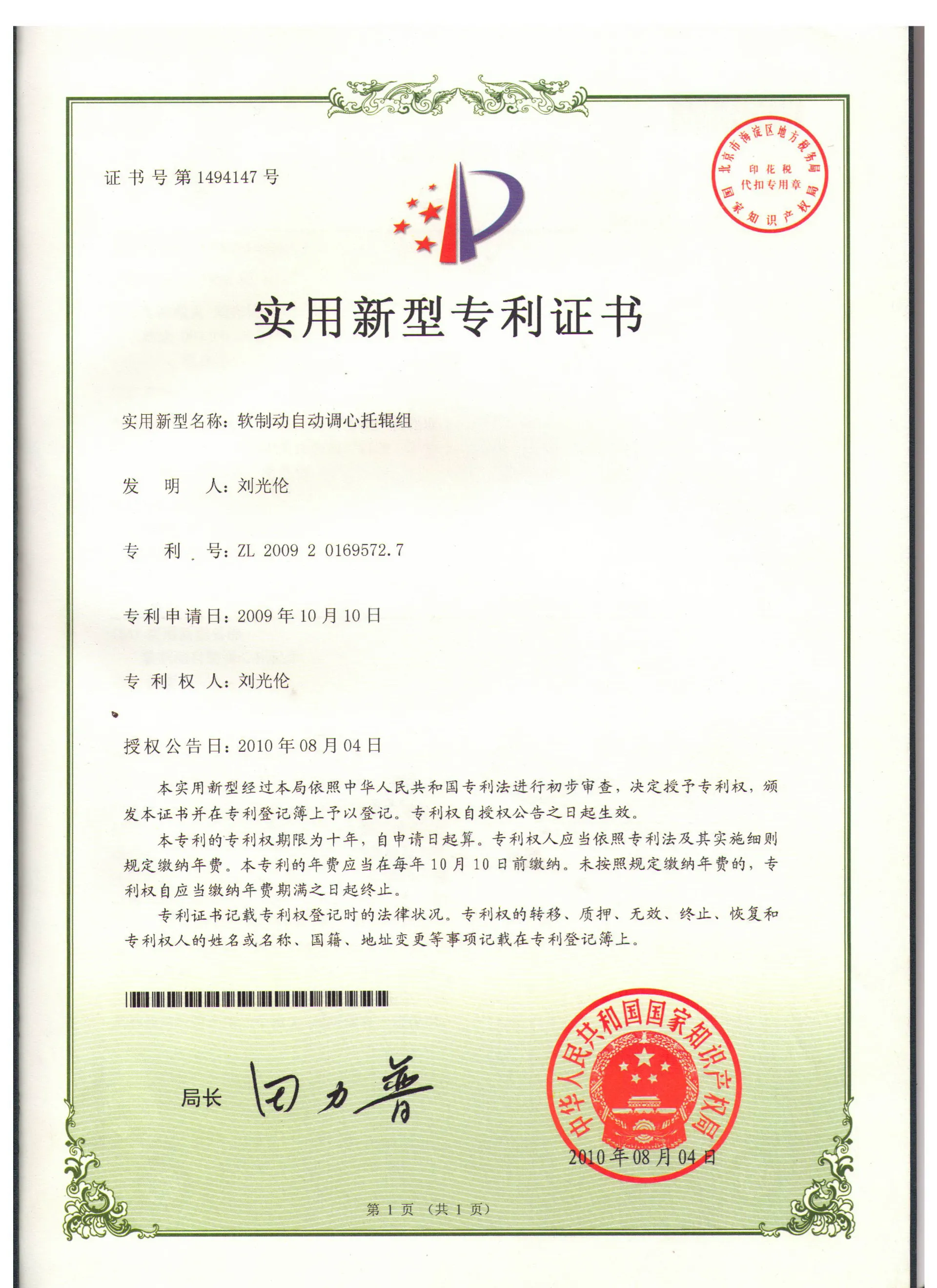 Afrikaans
Afrikaans  Albanian
Albanian  Amharic
Amharic  Arabic
Arabic  Armenian
Armenian  Azerbaijani
Azerbaijani  Basque
Basque  Belarusian
Belarusian  Bengali
Bengali  Bosnian
Bosnian  Bulgarian
Bulgarian  Catalan
Catalan  Cebuano
Cebuano  Corsican
Corsican  Croatian
Croatian  Czech
Czech  Danish
Danish  Dutch
Dutch  English
English  Esperanto
Esperanto  Estonian
Estonian  Finnish
Finnish  French
French  Frisian
Frisian  Galician
Galician  Georgian
Georgian  German
German  Greek
Greek  Gujarati
Gujarati  Haitian Creole
Haitian Creole  hausa
hausa  hawaiian
hawaiian  Hebrew
Hebrew  Hindi
Hindi  Miao
Miao  Hungarian
Hungarian  Icelandic
Icelandic  igbo
igbo  Indonesian
Indonesian  irish
irish  Italian
Italian  Japanese
Japanese  Javanese
Javanese  Kannada
Kannada  kazakh
kazakh  Khmer
Khmer  Rwandese
Rwandese  Korean
Korean  Kurdish
Kurdish  Kyrgyz
Kyrgyz  Lao
Lao  Latin
Latin  Latvian
Latvian  Lithuanian
Lithuanian  Luxembourgish
Luxembourgish  Macedonian
Macedonian  Malgashi
Malgashi  Malay
Malay  Malayalam
Malayalam  Maltese
Maltese  Maori
Maori  Marathi
Marathi  Mongolian
Mongolian  Myanmar
Myanmar  Nepali
Nepali  Norwegian
Norwegian  Norwegian
Norwegian  Occitan
Occitan  Pashto
Pashto  Persian
Persian  Polish
Polish  Portuguese
Portuguese  Punjabi
Punjabi  Romanian
Romanian  Russian
Russian  Samoan
Samoan  Scottish Gaelic
Scottish Gaelic  Serbian
Serbian  Sesotho
Sesotho  Shona
Shona  Sindhi
Sindhi  Sinhala
Sinhala  Slovak
Slovak  Slovenian
Slovenian  Somali
Somali  Spanish
Spanish  Sundanese
Sundanese  Swahili
Swahili  Swedish
Swedish  Tagalog
Tagalog  Tajik
Tajik  Tamil
Tamil  Tatar
Tatar  Telugu
Telugu  Thai
Thai  Turkish
Turkish  Turkmen
Turkmen  Ukrainian
Ukrainian  Urdu
Urdu  Uighur
Uighur  Uzbek
Uzbek  Vietnamese
Vietnamese  Welsh
Welsh  Bantu
Bantu  Yiddish
Yiddish  Yoruba
Yoruba  Zulu
Zulu conveyor belt idlers
Understanding Conveyor Belt Idlers Essential Components for Efficient Material Handling
Conveyor belt systems play a crucial role in modern industry, facilitating the transportation of materials across various sectors, from manufacturing to mining. Central to the efficient operation of these systems are conveyor belt idlers—components that serve both functional and structural purposes. In this article, we will explore the significance of conveyor belt idlers, their types, and their impact on operational efficiency.
What Are Conveyor Belt Idlers?
Idlers are crucial components of conveyor systems that support the conveyor belt. They are rollers positioned at various intervals along the conveyor's length, providing the necessary support for the belt as it carries materials. These components ensure that the belt maintains its trajectory, preventing it from sagging or misaligning, which could lead to operational disruptions and safety hazards.
Types of Conveyor Belt Idlers
Conveyor belt idlers come in various types, each designed to suit specific applications. The most common types include
1. Impact Idlers Located at loading points, impact idlers absorb the energy from falling materials, minimizing wear and tear on the belt and extending its lifespan.
2. Return Idlers Found on the return side of the conveyor, these idlers support the belt as it returns to the loading point, ensuring a smooth operation and reducing friction.
3. Training Idlers These idlers help keep the conveyor belt aligned, preventing it from drifting off-center. Proper alignment is vital to ensure efficient material handling and reduce maintenance costs.
conveyor belt idlers

4. Guide Idlers Used in applications where the belt may be subjected to side loads or environmental factors, guide idlers provide additional support and ensure stability.
Benefits of Conveyor Belt Idlers
The incorporation of idlers in conveyor systems offers numerous benefits
- Reduced Friction and Wear By providing smooth support for the conveyor belt, idlers minimize friction, reducing wear and extending the lifespan of both the belt and the rollers.
- Enhanced Load Distribution Idlers distribute the load evenly across the belt, preventing sagging and potential damage to the conveyor system during operation.
- Operational Efficiency Well-managed idlers contribute to the overall efficiency of the conveyor system. They help maintain consistent speeds and reduce downtime due to maintenance or unexpected failures.
- Safety Improvement Properly functioning idlers help ensure that the conveyor operates smoothly, reducing the risk of accidents caused by misaligned or malfunctioning belts.
Conclusion
Conveyor belt idlers are integral to the effectiveness and reliability of conveyor systems. Understanding their role, types, and benefits can greatly enhance the efficiency of material handling processes. As industries continue to evolve, the importance of optimizing conveyor systems with high-quality idlers will only increase. With advancements in technology, investing in durable and efficient idlers is vital for ensuring operational success and maintaining competitive advantages in today’s fast-paced industrial landscape.
-
Revolutionizing Conveyor Reliability with Advanced Rubber Lagging PulleysNewsJul.22,2025
-
Powering Precision and Durability with Expert Manufacturers of Conveyor ComponentsNewsJul.22,2025
-
Optimizing Conveyor Systems with Advanced Conveyor AccessoriesNewsJul.22,2025
-
Maximize Conveyor Efficiency with Quality Conveyor Idler PulleysNewsJul.22,2025
-
Future-Proof Your Conveyor System with High-Performance Polyurethane RollerNewsJul.22,2025
-
Driving Efficiency Forward with Quality Idlers and RollersNewsJul.22,2025





























